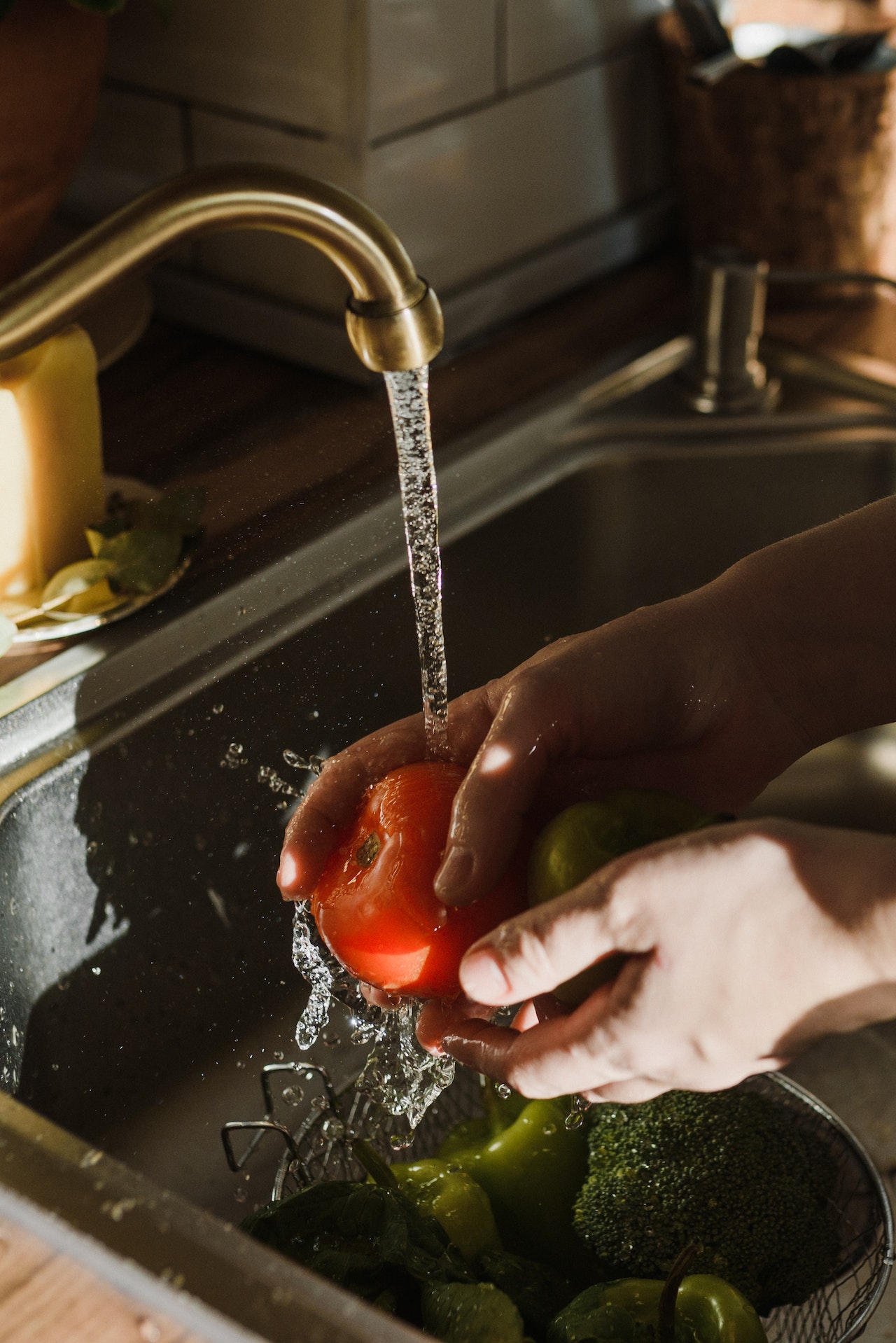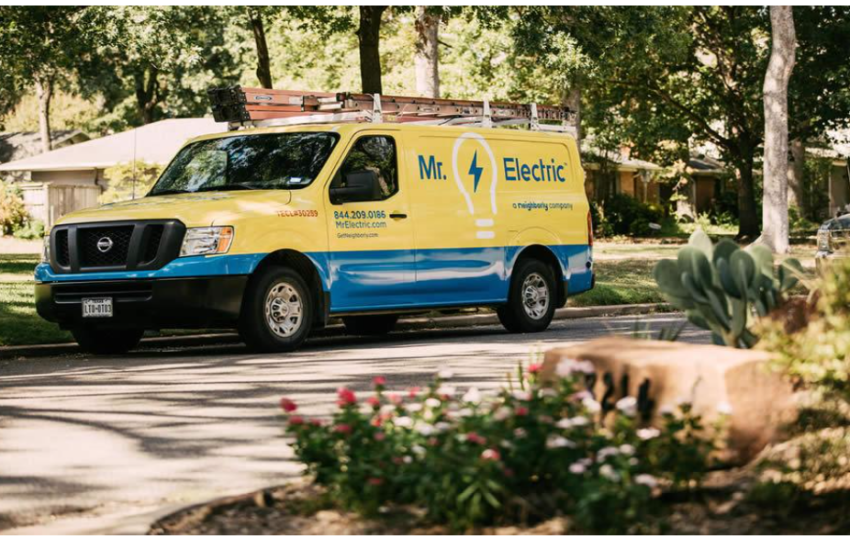Reducing Water Usage: Low-flow Faucets and Toilets
As the world becomes increasingly conscious of conserving water and reducing environmental impact, the home remodeling landscape is witnessing a surge in sustainable solutions. Among these, low-flow faucets and toilets have become effective measures to minimize water usage. We will delve into the pros and cons of incorporating low-flow faucets and toilets into your home remodeling project, providing a well-rounded understanding of their benefits and potential drawbacks.
The Pros of Low-Flow Faucets and Toilets
Water Conservation
Low-flow faucets and toilets are designed to significantly reduce water consumption by using less water per use. Faucets with flow restrictors limit water output without compromising functionality, leading to substantial water savings over time. Low-flow toilets use advanced flushing mechanisms, such as dual-flush options or pressure-assisted technology, to minimize water usage with every flush.
Environmental Impact
Through conserving water, low-flow fixtures reduce strain on local water resources and wastewater treatment systems. According to the U.S. Environmental Protection Agency (EPA), installing WaterSense-certified low-flow faucets and toilets can save a household an average of 11,000 gallons of water annually.
Lower Utility Bills
One of the immediate benefits of low-flow fixtures is the potential for reduced water bills. With less water, homeowners can see a noticeable decrease in monthly utility expenses. Over time, the cost savings can offset the initial investment in purchasing and installing these fixtures.
Improved Resale Value
As sustainable living gains traction, eco-friendly features become increasingly attractive to potential homebuyers. A home with low-flow faucets and toilets may have a higher resale value, as these fixtures appeal to environmentally conscious buyers.
Modern Aesthetics and Functionality
Low-flow faucets and toilets come in various sleek and modern designs that can elevate the aesthetic appeal of your bathroom or kitchen. These fixtures blend form and function seamlessly, offering water-efficient performance without compromising style.
The Cons of Low-Flow Faucets and Toilets
Initial Costs
While the long-term savings are notable, the initial cost of purchasing and installing low-flow faucets and toilets may be higher than traditional fixtures. However, reduced water bills often offset these costs over time.
Performance Concerns
In some cases, users may experience concerns about the performance of low-flow toilets, especially regarding flushing efficiency. While modern technologies have improved the reliability of low-flow fixtures, occasional clogs or incomplete flushing may still occur.
Reduced Water Pressure
One of the primary concerns with low-flow fixtures is the potential for reduced water pressure, especially in faucets. While flow restrictors are designed to limit water output, some users may find that the water pressure is noticeably lower, affecting tasks that require a strong stream of water, such as filling pots or rinsing dishes.
Limited Compatibility with Septic Systems
Homes with septic systems may encounter challenges with low-flow toilets. Septic systems rely on a certain volume of water to effectively break down waste, and using low-flow toilets that reduce water usage significantly could disrupt the system’s functionality.
Potential Retrofitting Challenges
Replacing existing faucets and toilets with low-flow fixtures may require some adjustments to plumbing systems. Older homes or properties with unique plumbing setups may necessitate additional retrofitting, which could add to the overall installation costs. Hiring an experienced installer may be necessary when upgrading plumbing fixtures.
Lack of Variety
While the range of low-flow fixtures has expanded over the years, some homeowners may find that the design options for low-flow faucets and toilets are more limited compared to traditional fixtures.
Conclusion
In the quest for sustainable living and responsible resource management, adopting low-flow faucets and toilets presents an enticing proposition. The benefits of water conservation, reduced environmental impact, and potential cost savings position these fixtures as valuable additions to any home remodeling project. As with any decision, weighing the pros and cons is important to determine the best fit for your needs and preferences.


